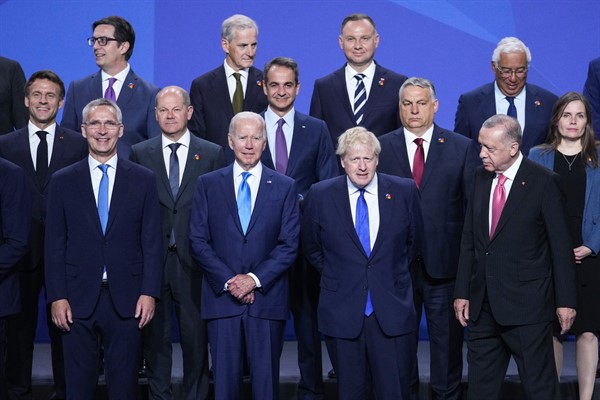NATO leaders gathered this week at a summit in Madrid to adopt a New Strategic Concept, a framework that sets out the alliance’s core priorities for the next decade. But the Madrid gathering was in other ways historic, ushering in further expansion of the alliance after Turkey lifted its veto of Sweden’s and Finland’s membership bids. The U.S. also pledged to deploy more troops, warplanes and naval vessels as part of the alliance’s largest military buildup since the Cold War, in response to Russia’s invasion of Ukraine.
The ramifications of the summit will be most obvious on NATO’s eastern flank, with the announcement of a new, permanent headquarters in Poland and the bolstering of rotational deployments to the Baltic states.
The dizzying details of NATO’s buildup in Europe mark a remarkable turnaround for an alliance that looked listless and even near collapse just a few years ago, when former U.S. President Donald Trump raised doubts about Washington’s commitment to NATO and French President Emmanuel Macron declared it “braindead.” Over the past few years, many expected the new strategic concept to pivot away from NATO’s original focus on defending Europe against Russia and instead turn the alliance’s sights on China and international terrorism. There was also considerable talk of building a European Defense Union that would give Washington’s European allies the autonomous capability to defend themselves without U.S. assistance.

